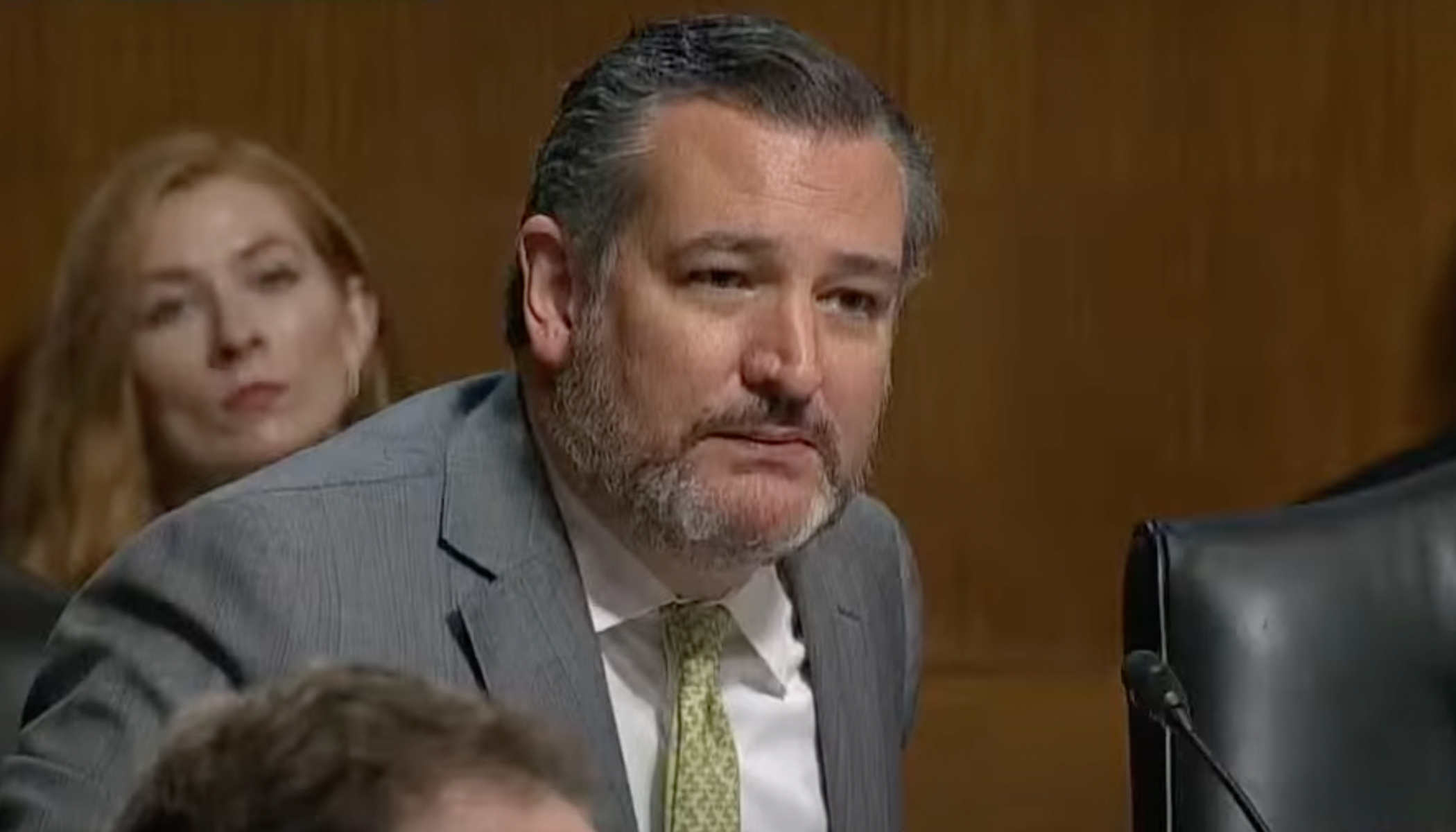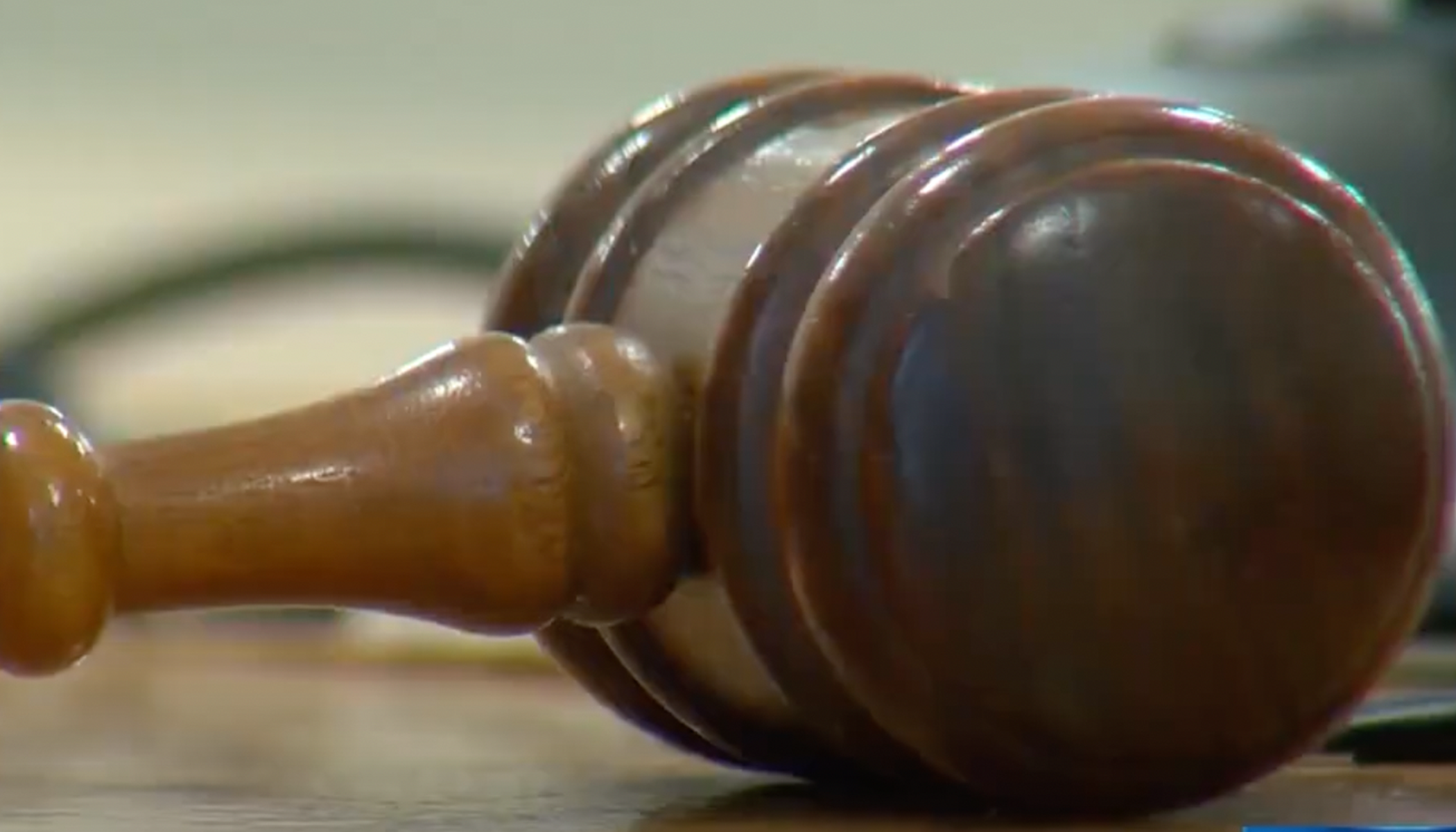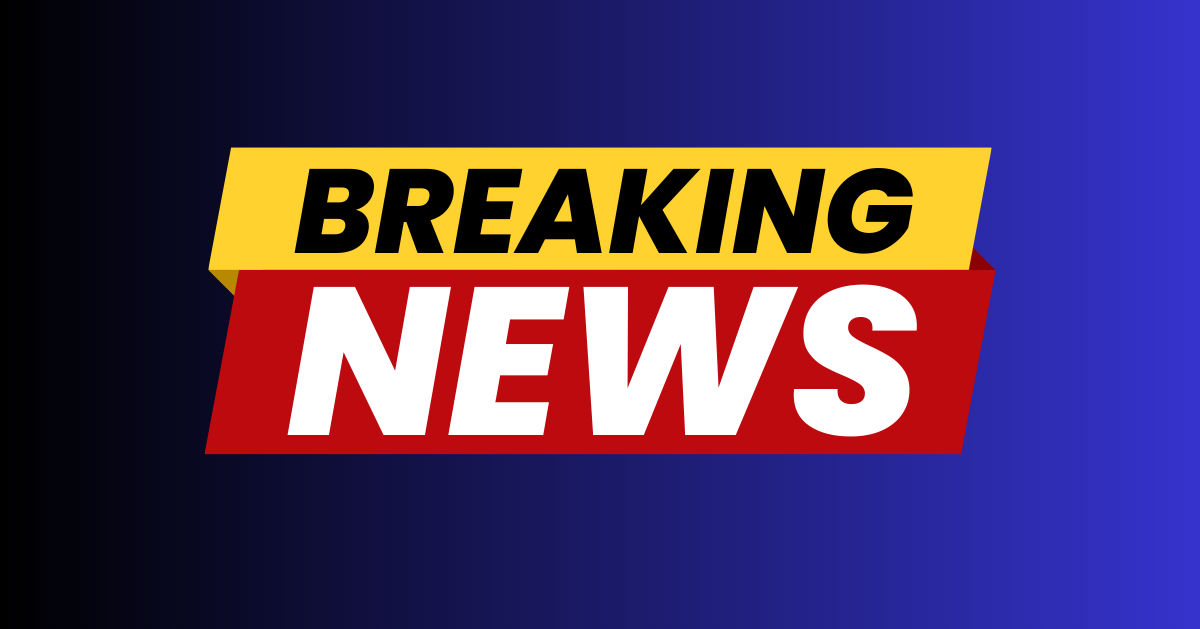NATO believes Russia may have planted mines under the sea, threatening infrastructure
NATO representatives fear Russia may have already mined Europe's critical underwater infrastructure, as its intelligence chief warned of potential sabotage in response to Western nations' support for Ukraine.
The alliance seeks to enhance protection for undersea pipes and cables following the Nord Stream pipeline attacks in September last year, which damaged three of the four main gas lines from Russia to Germany.
Unexplained explosions in the Baltic Sea startled the alliance and heightened public awareness of threats to undersea cables and pipelines.
NATO's Response to Energy Disruption
In response to the growing threat of energy disruption, NATO established the "Critical Undersea Infrastructure Coordination Cell" in February under the command of Lt. Gen. Hans-Werner Wiermann, a retired German military officer.
Recent tensions escalated as Russia accused Ukraine of a failed assassination attempt on Vladimir Putin, an accusation Ukraine vehemently denies.
NATO's assistant secretary general for Intelligence and Security, David Cattler, warns that Russia is actively mapping critical allied infrastructure on land and underwater, raising suspicions of potential mining.
He stated, "The Russians are more active than we have seen them in years in this domain." Compared to recent years, NATO vessels have increased patrols in the Atlantic, North, and Baltic seas.
Economic Impact and Security Threats
Undersea cables facilitate an estimated $10 trillion in financial transactions daily, making them an economic linchpin.
NATO's adversaries recognize the strategic advantage of threatening the security of Western internet, energy, and financial systems. Suspicious activities such as unauthorized ships and tapping registered by sensors have alerted authorities to potential threats.
The difficulty of investigating undersea attacks makes underwater pipes particularly vulnerable. While evidence points to Russia as responsible for the Nord Stream pipeline attacks, the cause of the damage remains unconfirmed.
A Swedish warship may have spotted a Russian convoy near the pipeline days before the attack, and a Russian submarine rescue ship was photographed in the Baltic Sea four days before the unexplained explosions.
Protective Measures and Future Targets
As concerns over cable security grow, Western countries are planning new wind parks in the North Sea, connected to the mainland by cables. Undersea cables transport 95% of global internet traffic at speeds of 200 terabytes per second, with 200 of the 400 cables deemed critical by NATO.
Possible future targets for Russia could include offshore wind farming and Norway's Troll platform, which produces 10% of Europe's gas. Interference with the platform could severely disrupt the European energy supply.
NATO allies closely monitor Russian vessels equipped with seabed sensors, increasing patrols and establishing a Critical Undersea Infrastructure Protection Cell to improve cooperation with industry, capitals, and experts.
German Lt. Gen. Hans-Werner Wiermann suggests linking new wind parks to the mainland with multiple cables to increase resilience against attacks. He emphasized, "The threat is real, and NATO is stepping up."
As Russia claims Ukraine attempted the assassination of Putin using kamikaze drones, Ukraine denies any involvement in the alleged attack.
Britain's response includes a P-8 Poseidon maritime reconnaissance aircraft from RAF Lossiemouth and a specialized undersea protection surface vessel, the first of two Royal Navy multi-role ocean surveillance ships.






